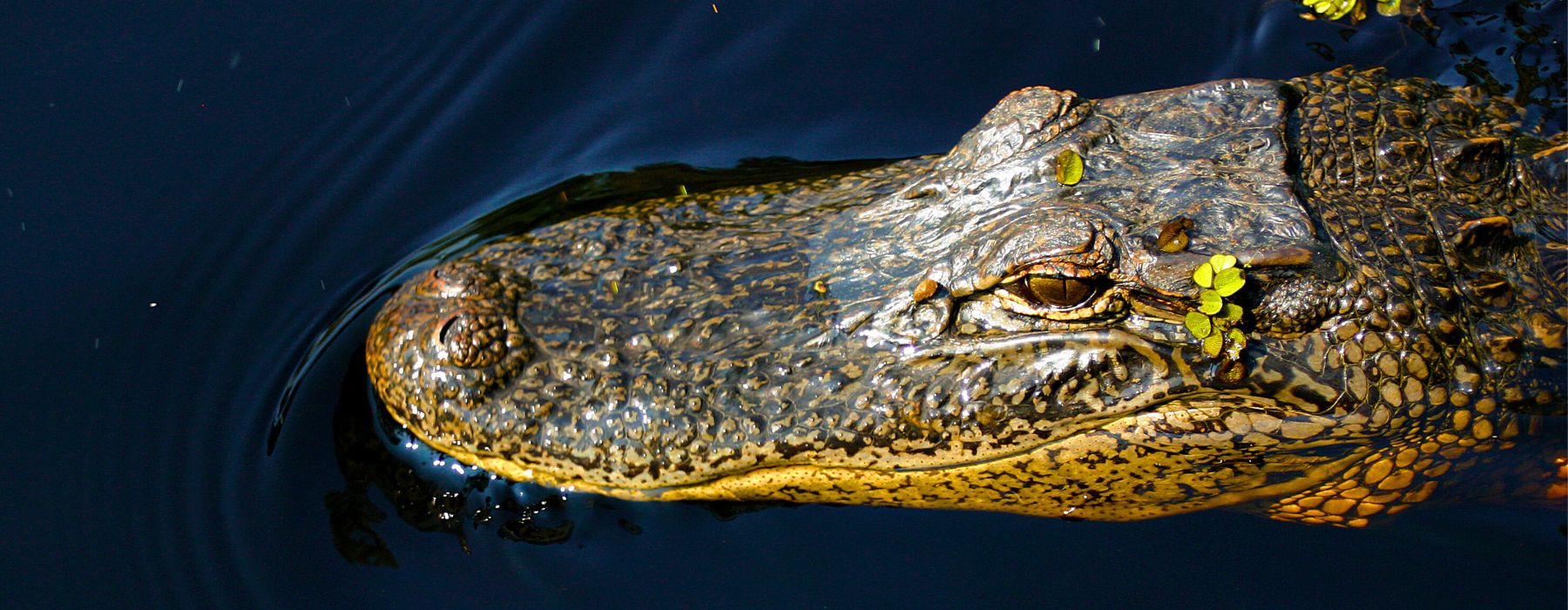
Swimming in the exotic Amazon River are some of the world’s most fascinating species: piranhas, pink dolphins, manatees (to name just a few). Among them is the elusive caiman, a carnivorous semi-aquatic member of the alligator family that lives in the Amazon rainforest. Read on for some Amazon Caiman Facts (including our favorite facts), and how you can see one for yourself!
The Six Species of Caimans
All caimans are members of the alligator family, and together they are part of a larger group of animals called crocodilians (which includes caimans, alligators, crocodiles, and gharials).
Within caimans alone there are six distinct species:
1. Spectacled Caiman: The most common of the caiman species, it gets its name from a boney ridge between its eyes that look like a pair of spectacles.
2. Yacare Caiman: Similar to the spectacled caiman, the yacare caiman is sometimes called the “piranha caiman” as it’s known to snack on the razor-toothed fish.
3. Broad-snouted Caiman: True to their name, these caimans have a broader snout than others and a pale olive color.
4. Black Caiman: The largest of all the caimans, the black caiman is a dark black and can grow up to 5 meters long.
5. Cuvier’s Dwarf Caiman: The smallest of the caimans, these are sometimes even kept as pets.
6. Smooth-Fronted Caiman: The second-smallest caiman species, they are quite similar to Cuvier’s dwarf caimans.
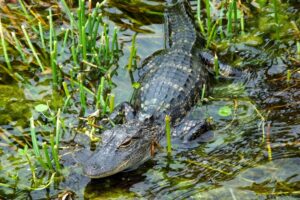
10 Interesting Facts About Caimans
Found beyond the Amazon rainforest, caimans live in rivers, swamps, and forests all throughout Central and South America. The spectacled caiman is the most widespread and can be found further north than other species, while the yacare caiman can be found further south on the continent than other species. They all live in freshwater habitats, however, the spectacled caiman can also tolerate saltwater which enables it to live over a greater area.

Overall, caimans are smaller than their alligator cousins – this is true for five of the six caiman species. However, the biggest caiman (the black caiman) is bigger than any type of alligator. Caimans and alligators are very similar, the only differences being their size and the fact that caimans have more pointed snouts and longer, sharper teeth than alligators do.

Caimans have squat bodies, with long tails and short legs. Even though they live in and out of the water (they’re semi-aquatic), they are much better adapted for swimming in the water than walking on dry land. They use their strong tail to propel them in the water while they swim, not using their legs at all!
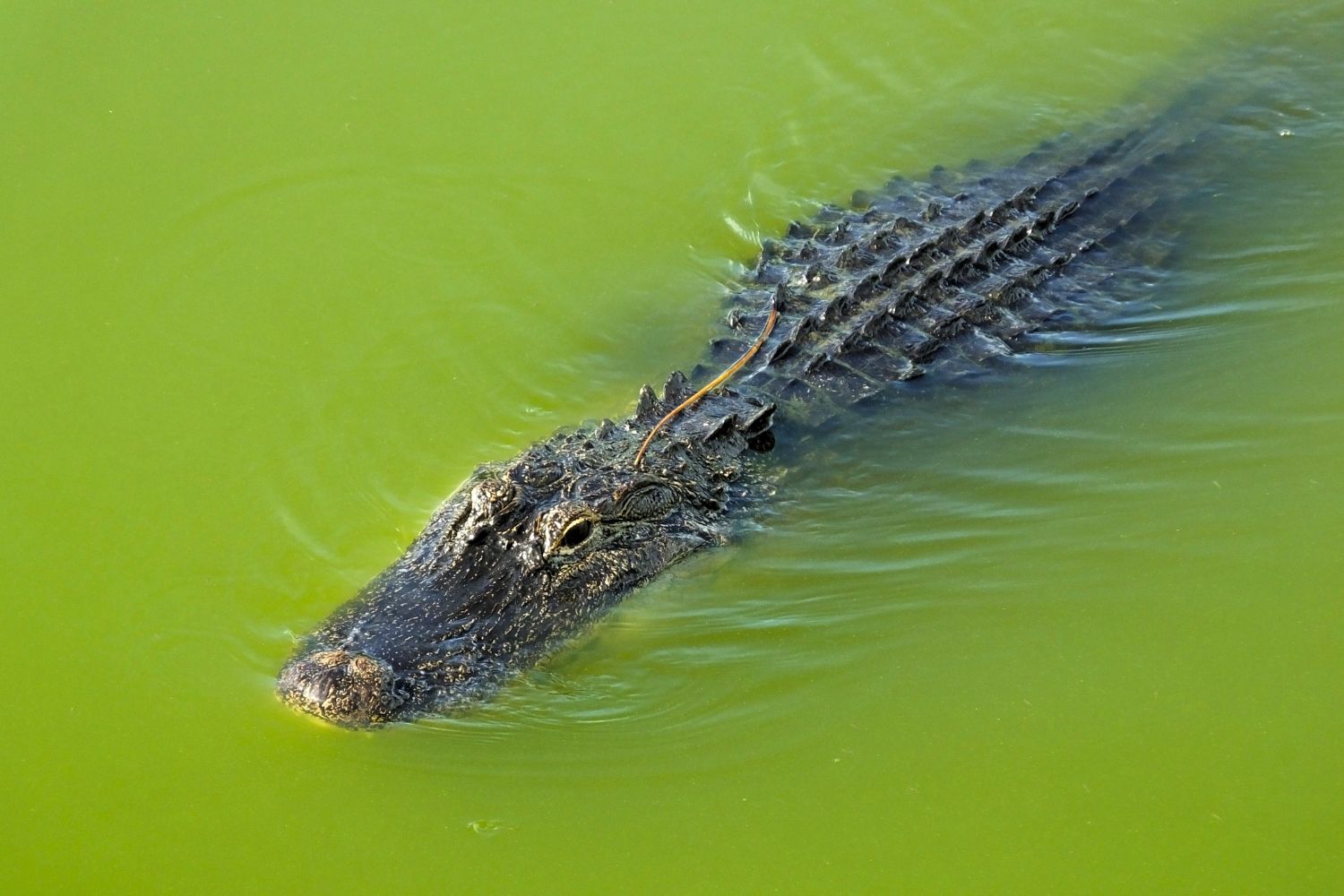
Caimans have both their nose and eyes on the top of their head, allowing them to see and breathe while the rest of their body remains completely underwater. This is how they’re able to hide in plain sight from their prey and sneak up as they need to.

As carnivorous reptiles, caimans eat a variety of other species. All caimans eat fish and small animals, but the larger species can even hunt capybaras or jaguars! Black caimans are the apex predators in the Amazon rainforest, meaning they have no natural predators, but smaller caimans fall much lower on the food chain. Some may find themselves dinner for a quicker leopard or anaconda!
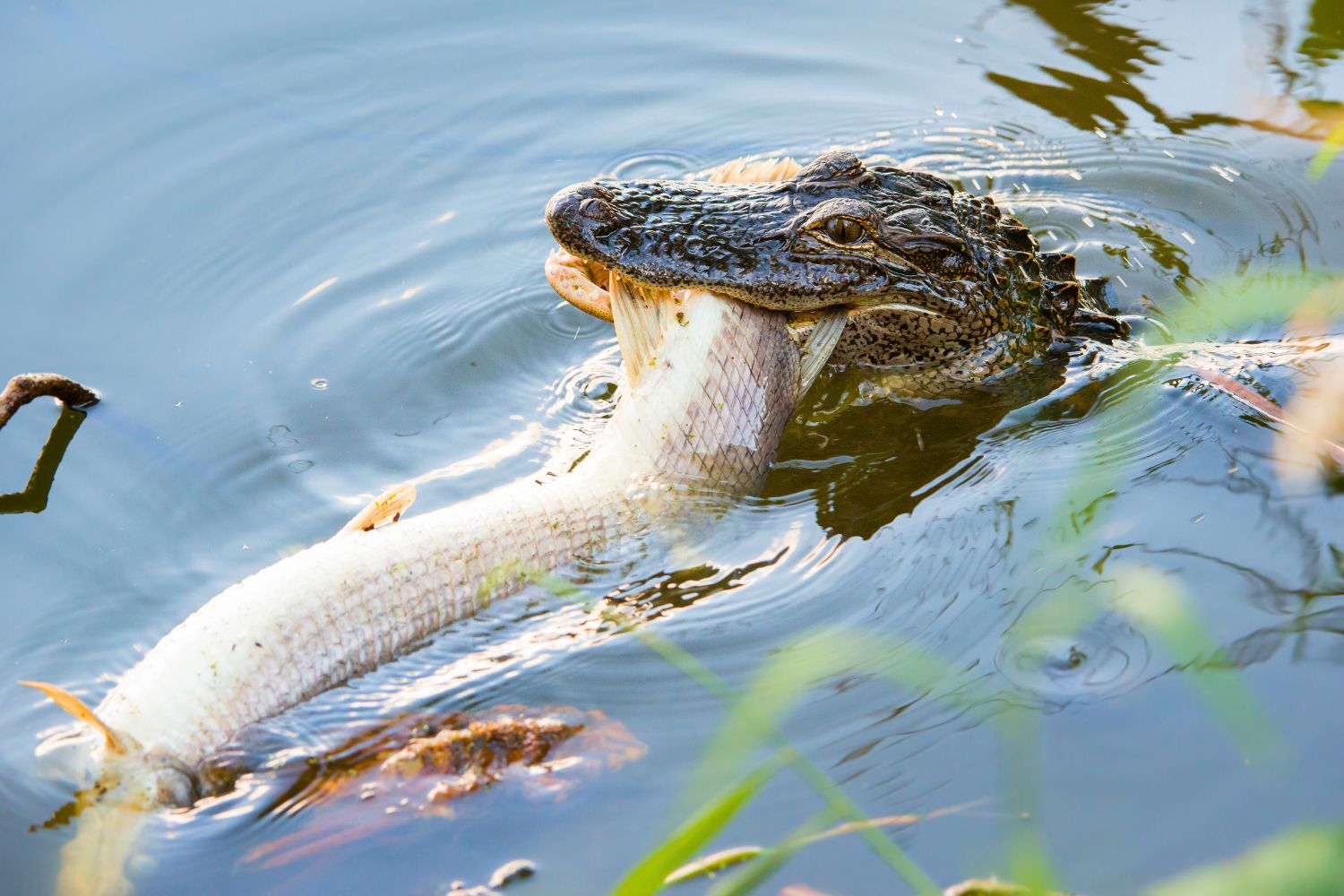
These intelligent animals know how to birth and raise many animals at once. The females lay eggs in a nest made of vegetation and soil, sometimes up to 40 eggs at a time. As the material in the nest rots, it produces heat that keeps the eggs warm. Warmer temperatures produce females, and colder produce males, so many caimans make nests with several layers to ensure even gender distribution in their offspring. Once they are born, the mother caiman will nurture them for several months. Should something happen to the mother, caimans are able to take care of another caiman’s offspring.
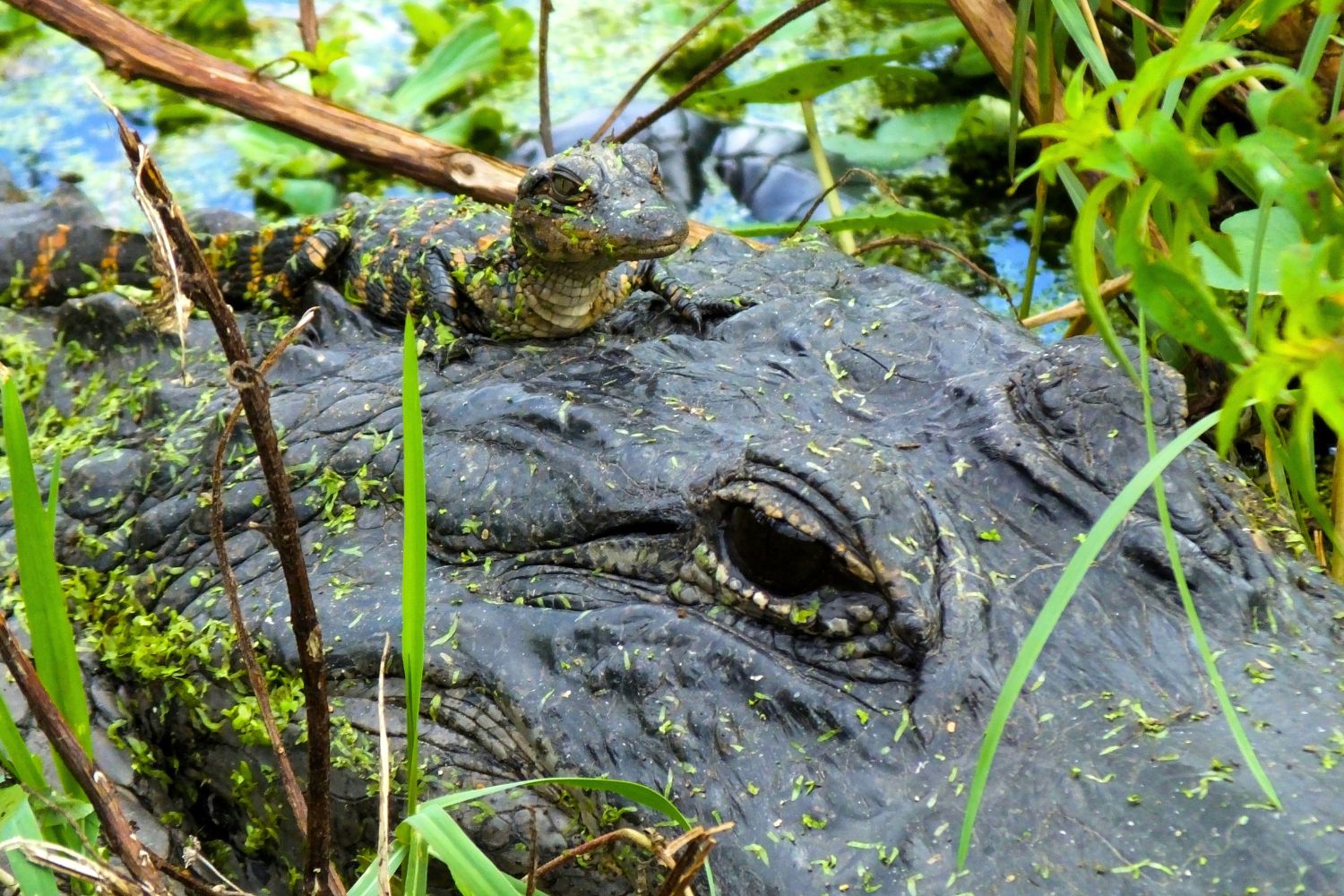
The smallest caiman is the Cuvier’s dwarf caiman, which grows to about 1.2-1.4 meters long. The black caiman, the largest, grows up to 5 meters in length!
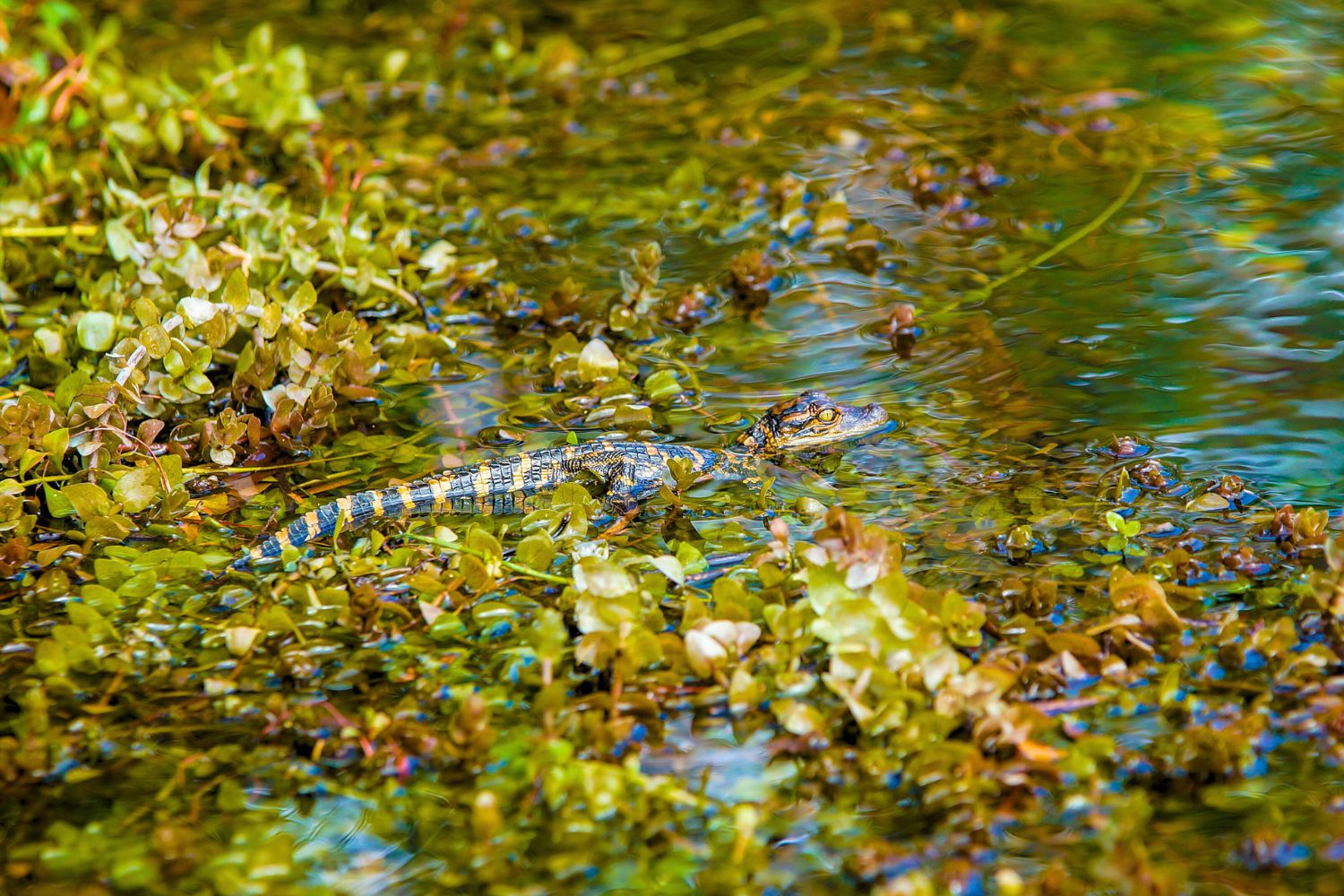
Caimans may have a terrifying reputation, always shown in films lurking the dark waters in search of the next victim to fall into the water. Luckily, most species of caiman are too small to be dangerous to humans, and prey on much smaller animals. The black caiman, however, is one that is large enough to pose a threat to humans, but they prefer to hunt other jungle animals.
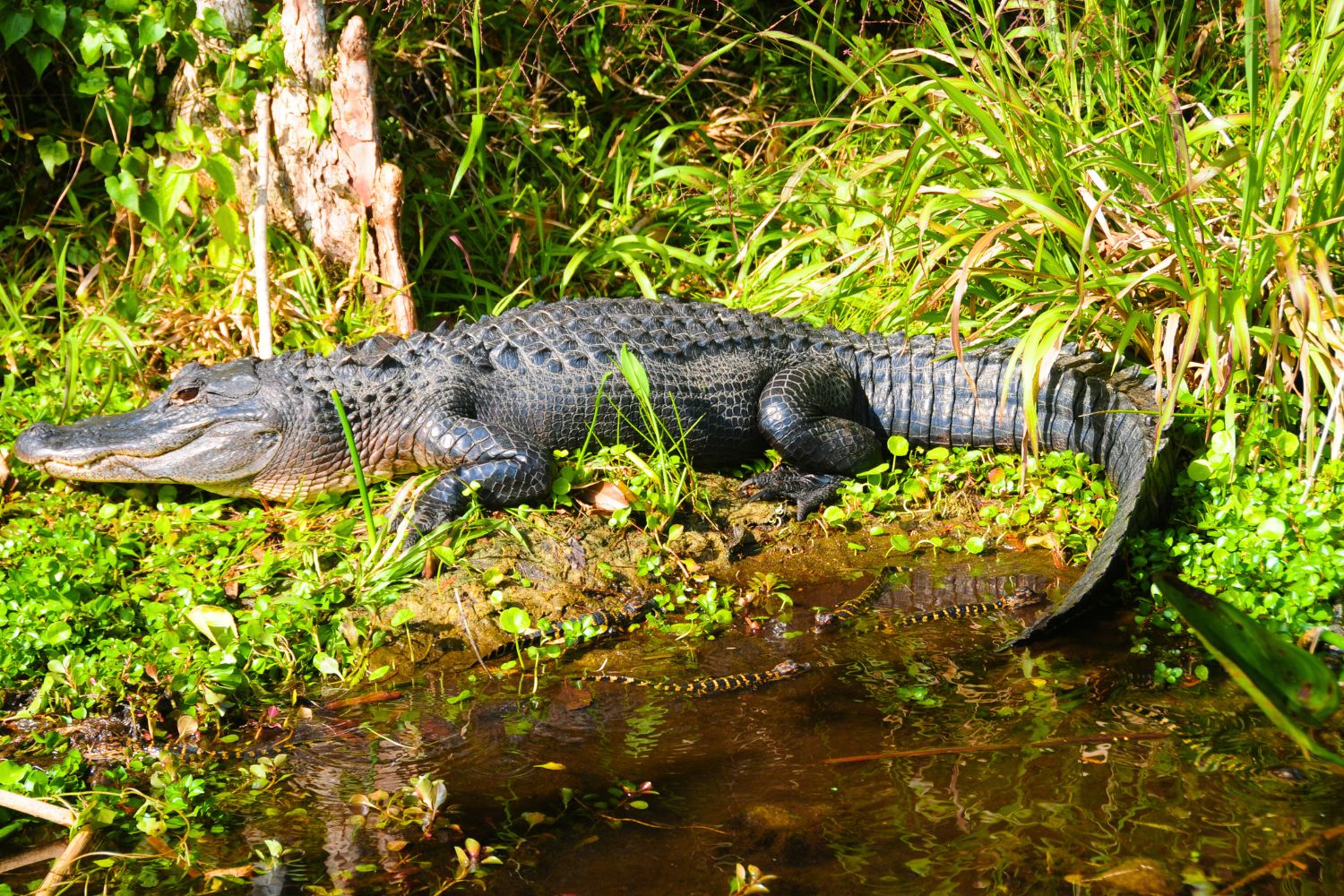
Some good news amidst a rainforest that is threatened by deforestation, caimans are not currently endangered. In the past, species of caimans were threatened by hunting for their skin and meat, but today populations are strong. The few local populations that are threatened are luckily found elsewhere.
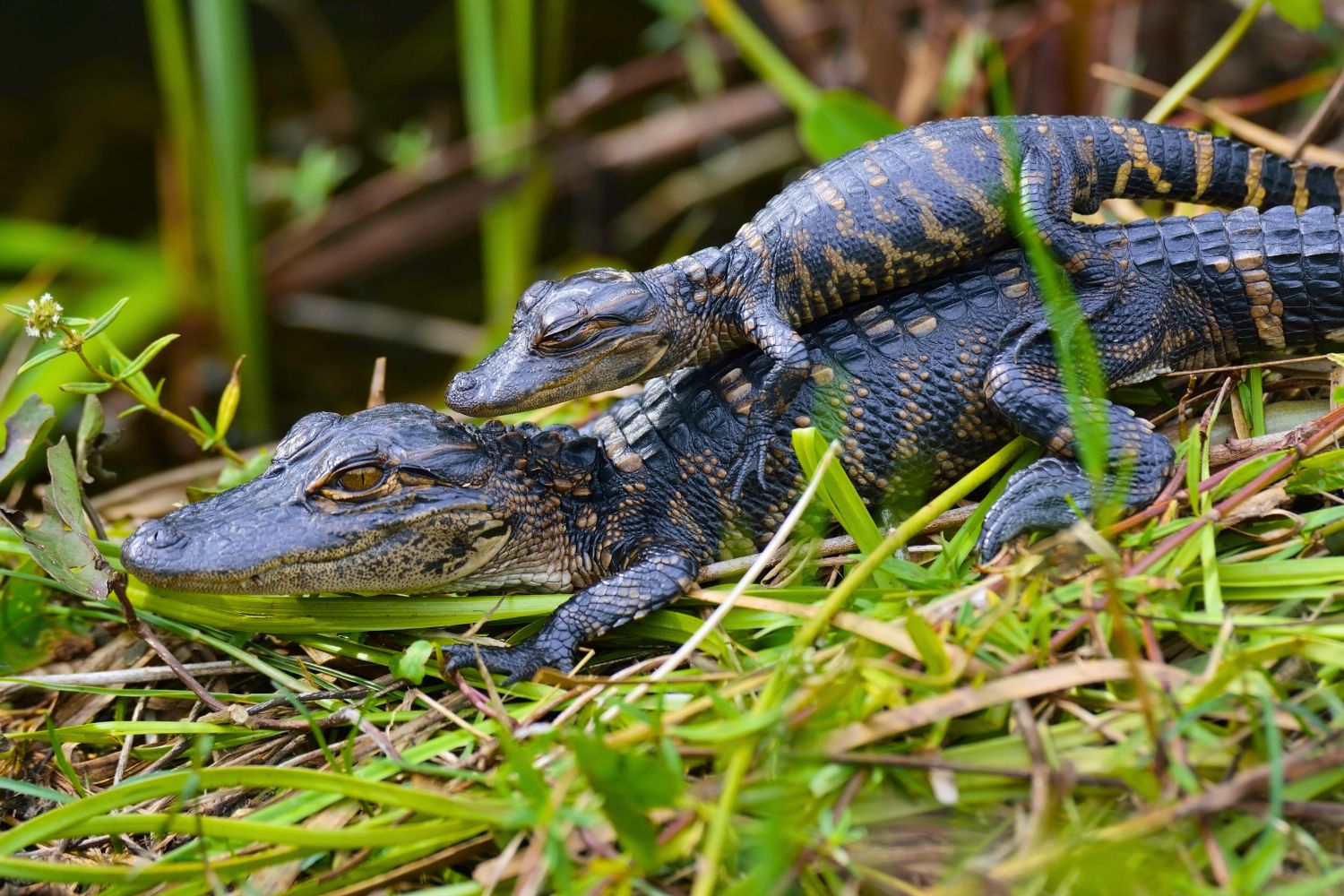
Want to see a caiman for yourself? Locals and tourists alike can often spot caiman on smaller rivers in the Amazon rainforest, either sunbathing on the shores or lurking by the water’s edge. Look for them close to mangrove or foliage in the water as they look to stake out a good hiding spot!
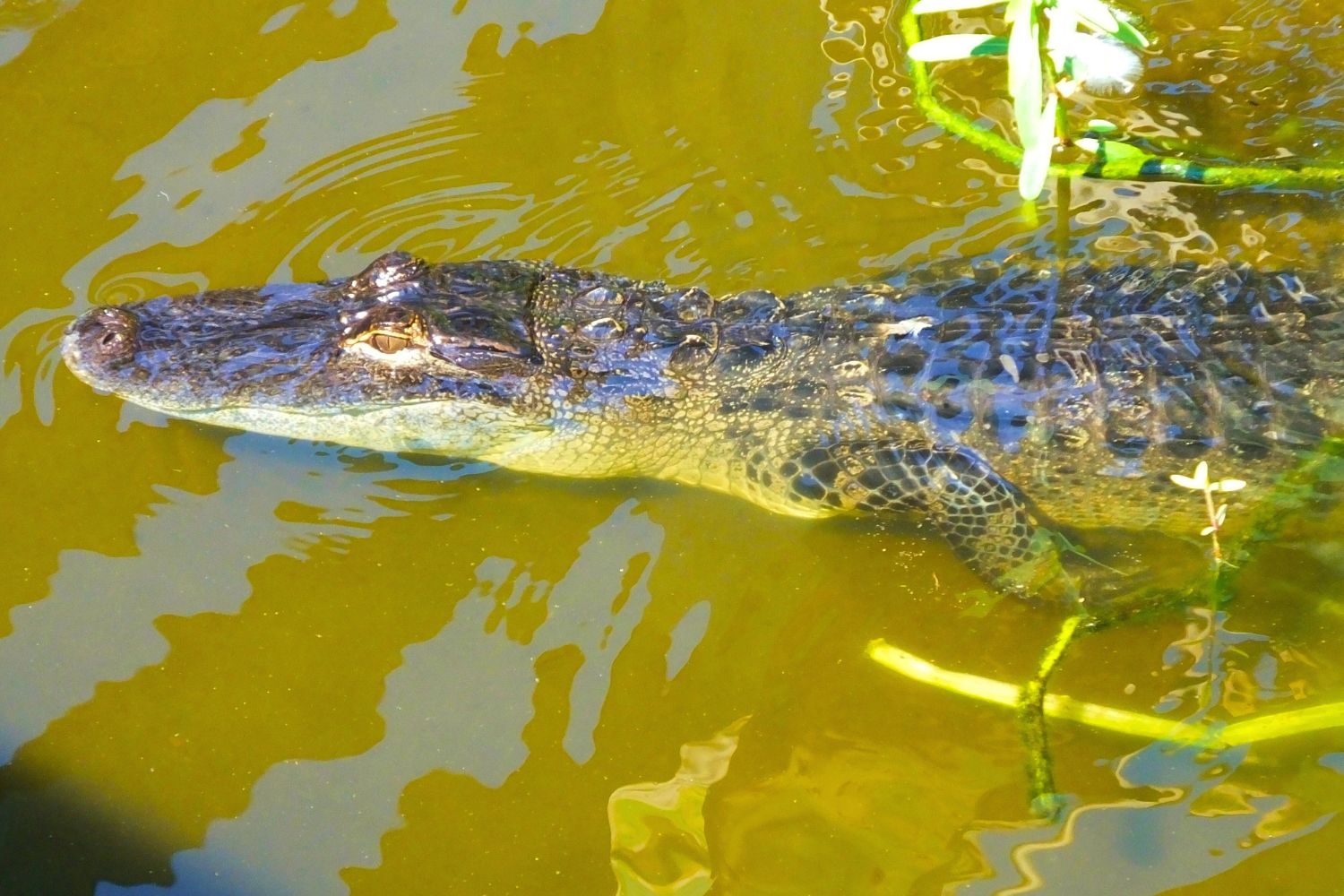
Thanks to conservation efforts, caimans are now living in strong numbers throughout the Amazon rainforest. And you can come to see them for yourself! Learn even more caiman facts from a knowledgeable guide when you spot these impressive animals up close on the Amazon River.

Explore Manu National Park 5 days, the amazon’s mystery and Live a fascinating adventure to the vast amazon Manu national park , is one of the best places in South America to see a stunning variety of tropical wildlife.

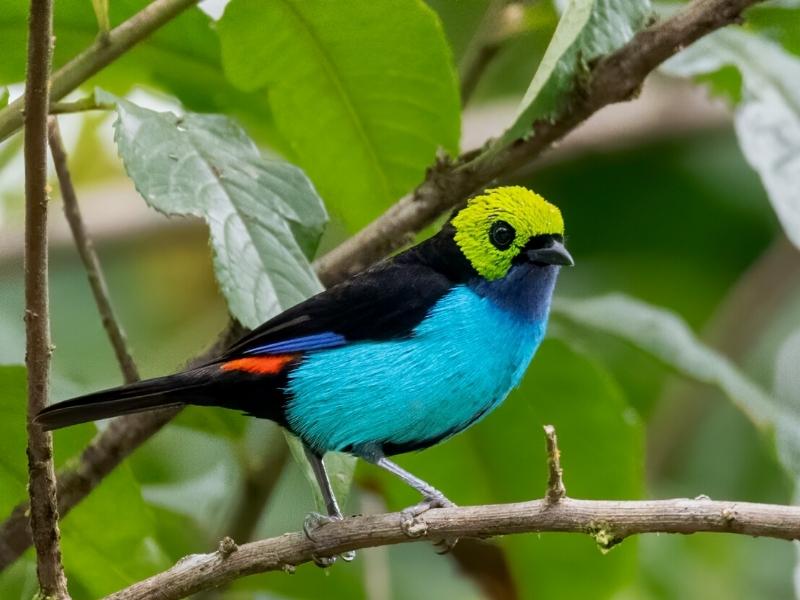
Manu National Park is located in the Amazon rainforest of Peru. This attraction is one of the few places on the planet that still maintains its great biodiversity of birds, mammals, reptiles and many medicinal plants.

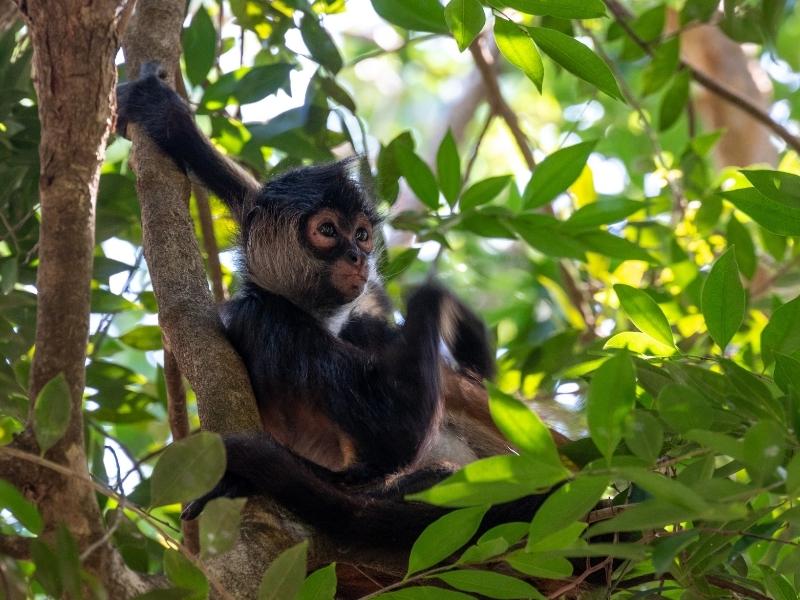
Manu National Park is an excellent way to experience an intense amazon wildlife.Is the biggest Amazon rainforest in the Americas, its incomparable natural wealth, host the greatest amount of flora and fauna of the world.
